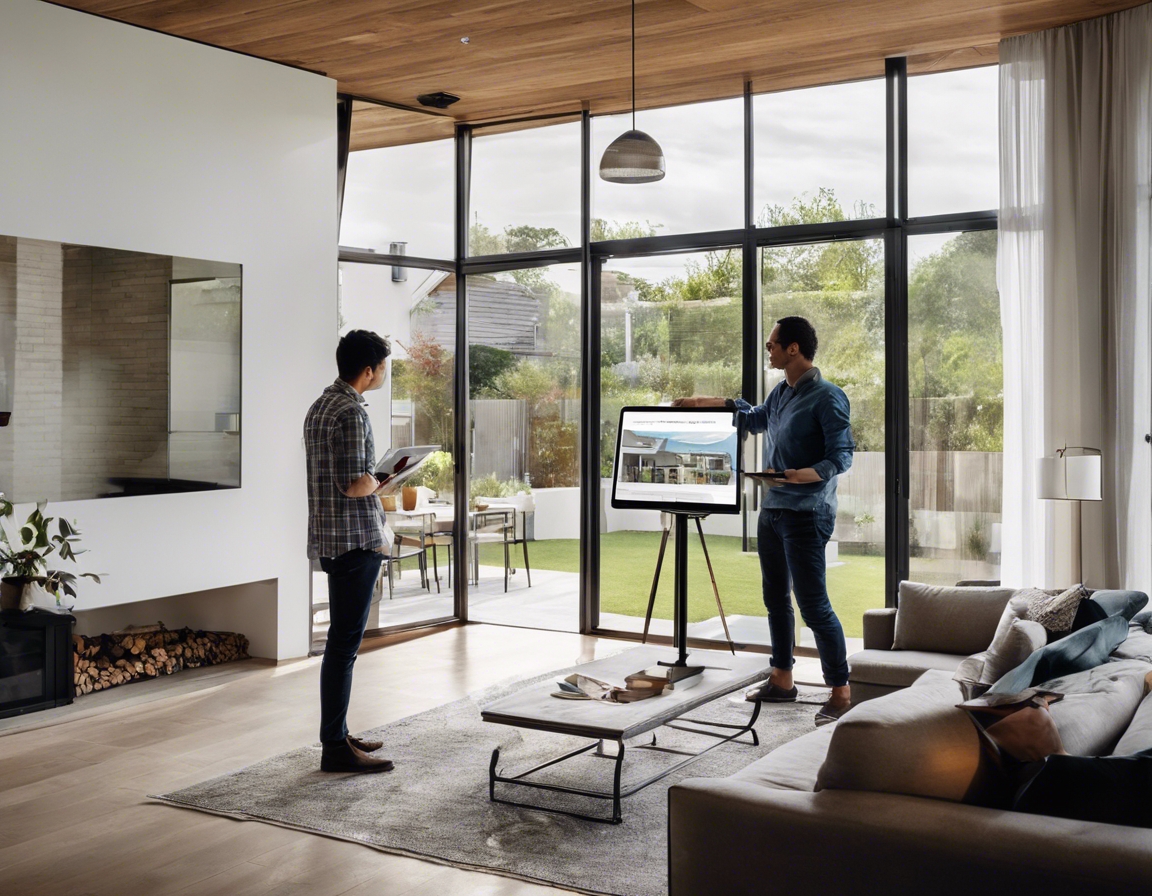Transforming spaces: the art of multi-level ceilings
Multi-level ceilings, also known as tiered or layered ceilings, are architectural features that incorporate varying levels or steps within a ceiling's design. This technique creates depth and dimension, transforming a flat surface into a dynamic landscape of heights and forms.
The concept of multi-level ceilings dates back to ancient civilizations, where they were used to signify importance and grandeur in religious and public buildings. Today, they have been adapted to suit contemporary tastes, offering a blend of tradition and modernity in residential and commercial spaces.
The Aesthetic Appeal of Multi-Level Ceilings
Multi-level ceilings draw the eye upward, creating a focal point that adds visual interest to any room. They can be designed to complement the room's geometry, adding layers of sophistication to the overall aesthetic.
By breaking up the monotony of a flat ceiling, multi-level designs can make a room feel larger and more open. They can also define different areas within an open-plan space, providing a sense of structure and flow.
Functional Benefits of Multi-Level Ceilings
Multi-level ceilings can improve a room's acoustics by disrupting sound waves, making them ideal for home theaters, music rooms, and open office spaces.
Strategically placed lighting can be integrated into the different levels of the ceiling, allowing for creative illumination solutions that enhance the ambiance of a space.
The additional layers can provide space for insulation, contributing to energy efficiency by maintaining temperature and reducing heating and cooling costs.
Materials and Technologies in Multi-Level Ceiling Design
Materials for multi-level ceilings must be chosen with care, considering factors like weight, durability, and moisture resistance. Options range from traditional plaster to modern lightweight materials like aluminum and PVC.
Modern multi-level ceilings can incorporate smart home technology, such as automated lighting and climate control, for a seamless and functional living experience.
Customization and Personalization
One of the greatest advantages of multi-level ceilings is their design flexibility. They can be tailored to fit any space, regardless of size or style, and can be customized to include various shapes, textures, and colors.
Homeowners and designers can express their personal style through the design of a multi-level ceiling, choosing elements that reflect their tastes and complement the interior design of the space.
Installation Considerations for Multi-Level Ceilings
Installing a multi-level ceiling requires careful planning to ensure the structure of the building can support the additional weight and complexity of the design.
While some may be tempted to undertake a multi-level ceiling project on their own, professional installation is recommended to ensure safety, quality, and longevity of the structure.






Comments (0)